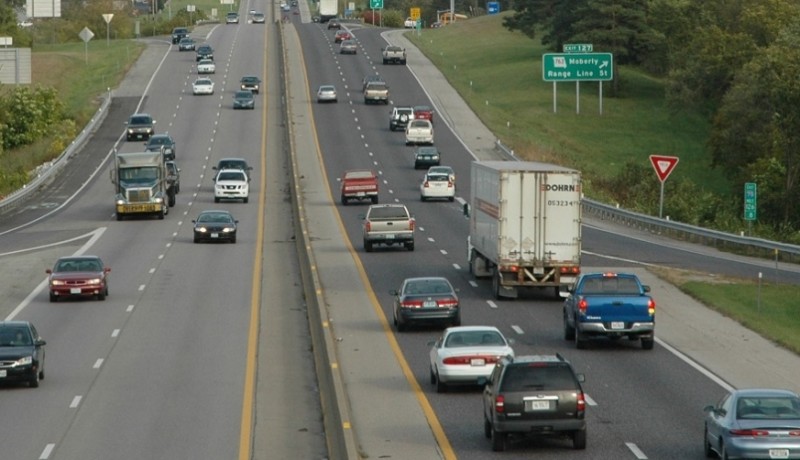Automotive looking over the shoulder of aerospace
January 06, 2016
on
on

The automotive sector can profit quite a lot from the experience the aerospace industry has built up during the past years when it comes to identification of obsolescence risks. This is mainly because cars are beginning to look like aeroplanes, as they are being equipped with features like collision avoidance radar and traffic warnings. As a result, the International Institute of Obsolescence Management (IIOM) is receiving many enquiries from within the automotive community.
According to Ian Blackman, the technical manager of the IIOM, the aerospace industry has a lot to offer in terms van OM. Given the complexity of the industry, a lot can be learnt from the aerospace sector when it comes to the through-life planning of hardware, including, of course, electronic components.
In the January 2016 issue of Aerospace Manufacturing magazine, Blackman makes clear that the automotive sector could use some support in order to limit the obsolescence risk in the sector as much as possible. “Consumers will not be content with regular software updates and recalls. They will expect local capability to resolve technical issues. The current garage structure cannot be expected to add systems engineering capability to mechanical experience.”
The IIOM, having its ‘roots’ in the aerospace and defense industry, is nowadays attracting more interest from the automotive industry than ever. The organization has already quite some members originating from the automotive sector, or members that are being very active in that sector. Names like TRW, Bosch, Hella, Webasto and Borg Warner spring to mind.
Blackman: “Many automotive manufacturers are saying that autonomous vehicles may be available in the period 2025-2030. This will require aerospace-type thinking. IIOM is well-placed to support companies, and understand and reduce risk in the long-term support of products.”
According to Ian Blackman, the technical manager of the IIOM, the aerospace industry has a lot to offer in terms van OM. Given the complexity of the industry, a lot can be learnt from the aerospace sector when it comes to the through-life planning of hardware, including, of course, electronic components.
In the January 2016 issue of Aerospace Manufacturing magazine, Blackman makes clear that the automotive sector could use some support in order to limit the obsolescence risk in the sector as much as possible. “Consumers will not be content with regular software updates and recalls. They will expect local capability to resolve technical issues. The current garage structure cannot be expected to add systems engineering capability to mechanical experience.”
The IIOM, having its ‘roots’ in the aerospace and defense industry, is nowadays attracting more interest from the automotive industry than ever. The organization has already quite some members originating from the automotive sector, or members that are being very active in that sector. Names like TRW, Bosch, Hella, Webasto and Borg Warner spring to mind.
Blackman: “Many automotive manufacturers are saying that autonomous vehicles may be available in the period 2025-2030. This will require aerospace-type thinking. IIOM is well-placed to support companies, and understand and reduce risk in the long-term support of products.”
Read full article
Hide full article


Discussion (0 comments)